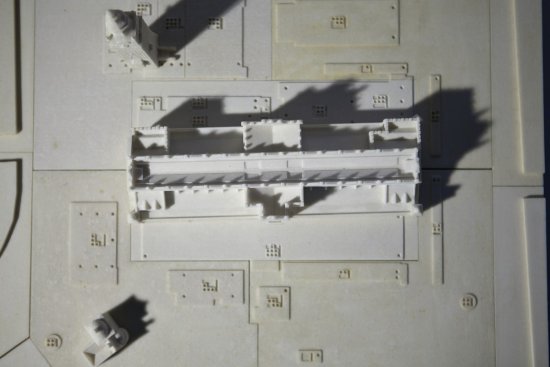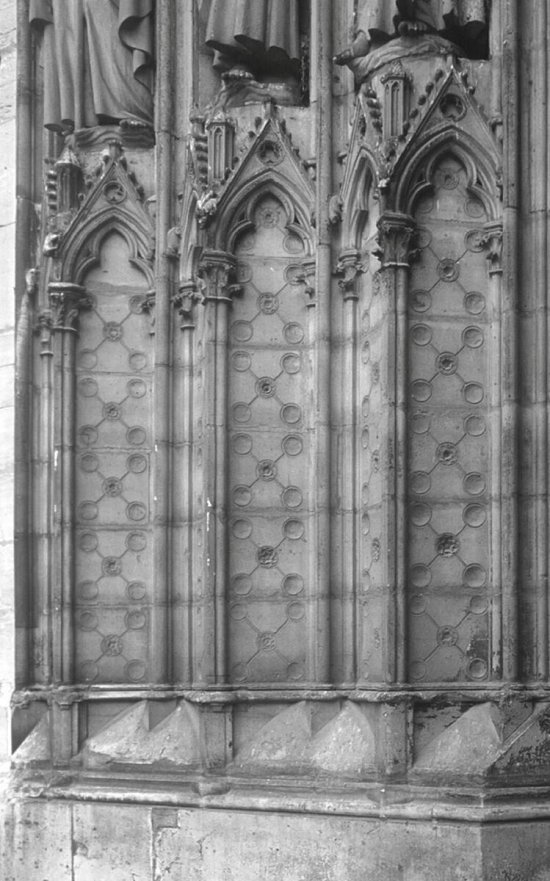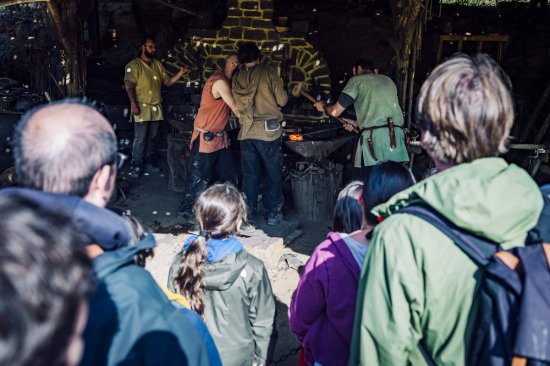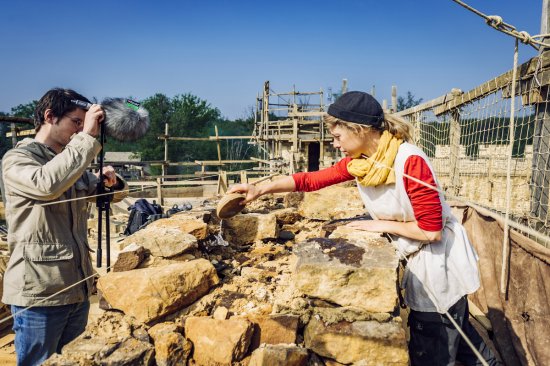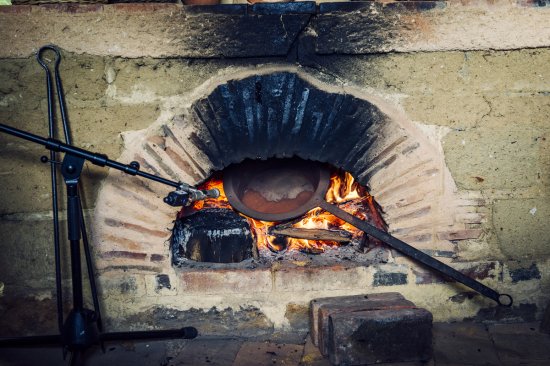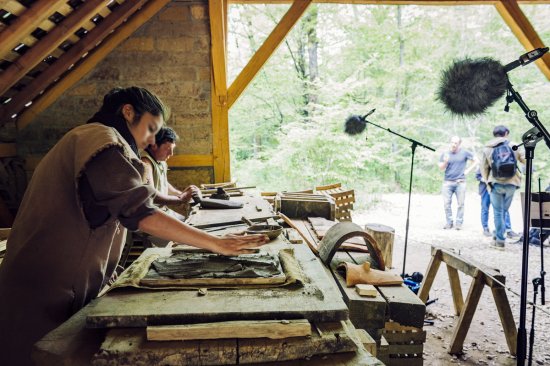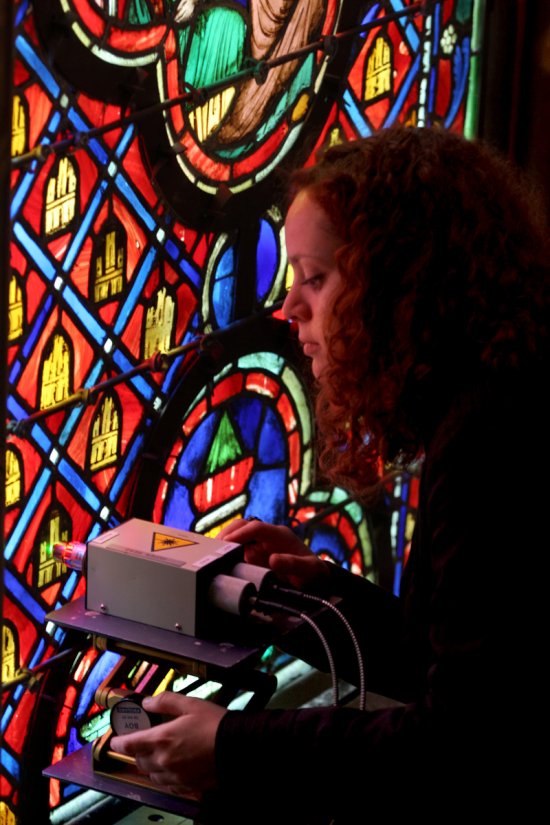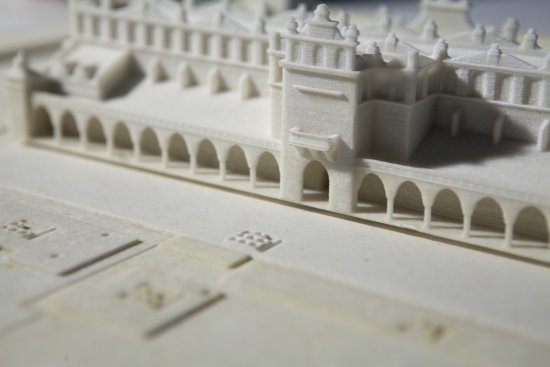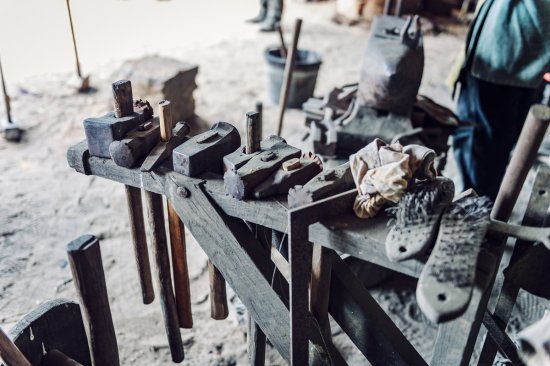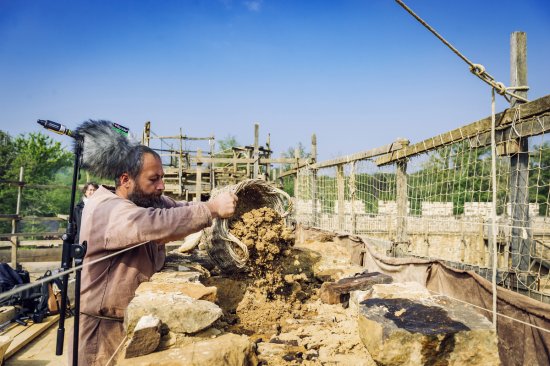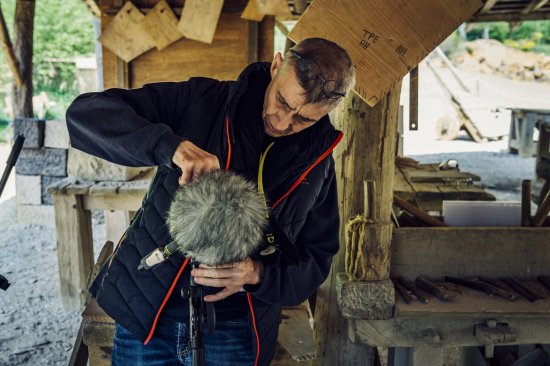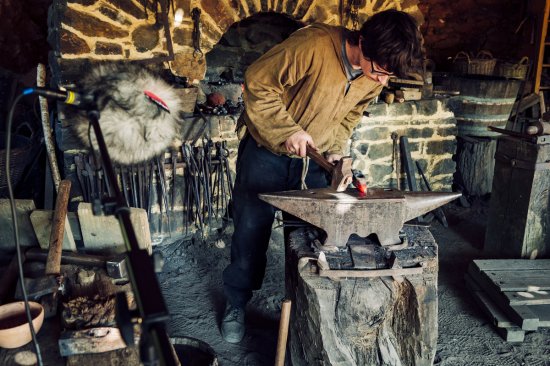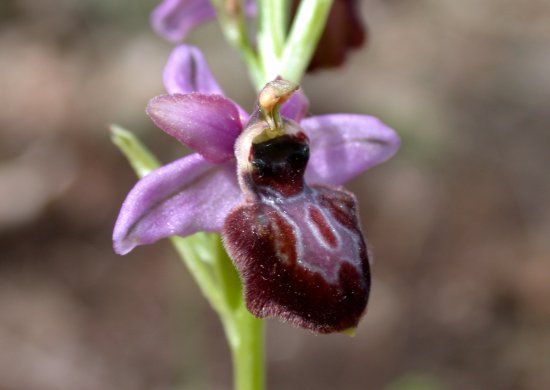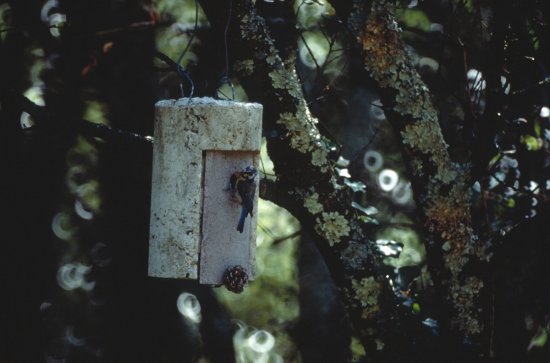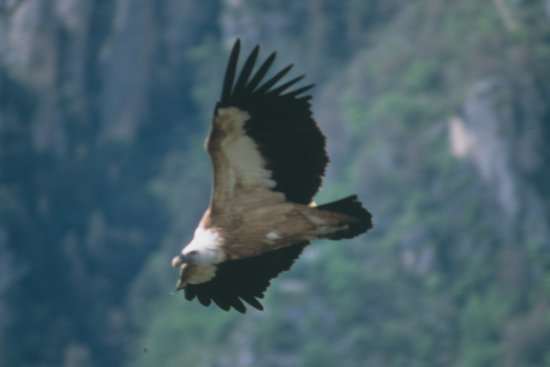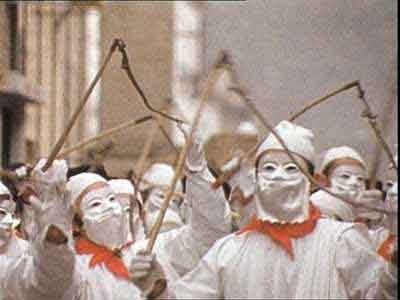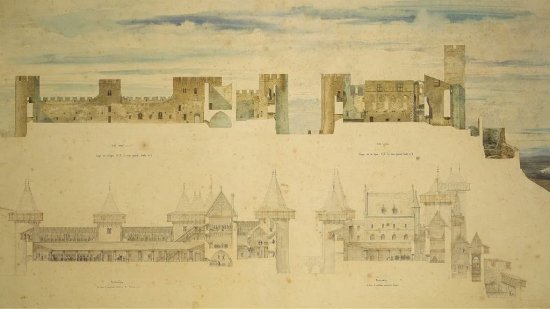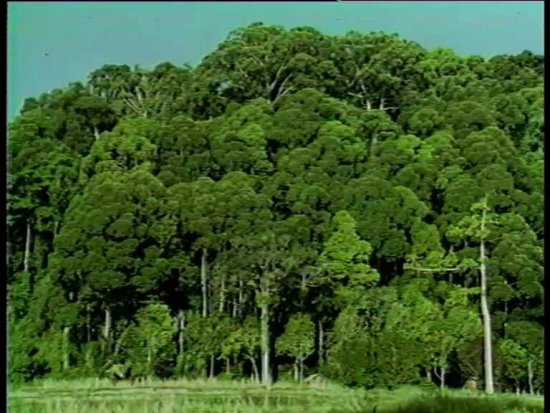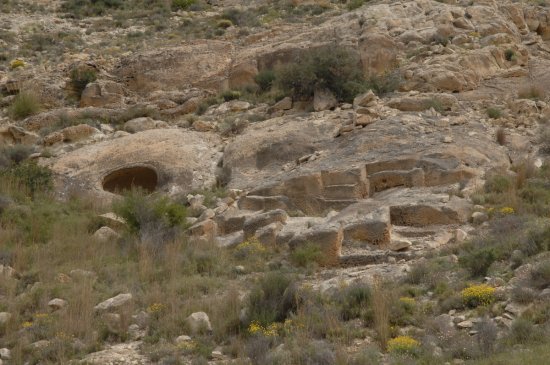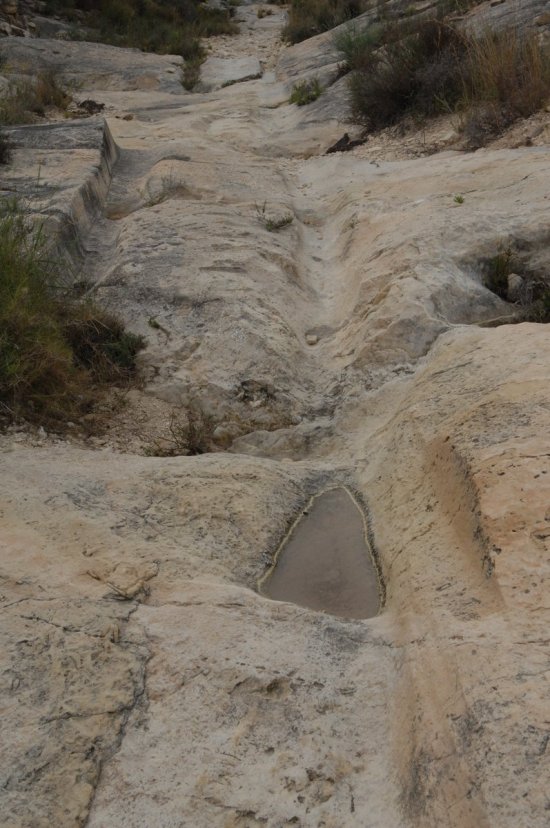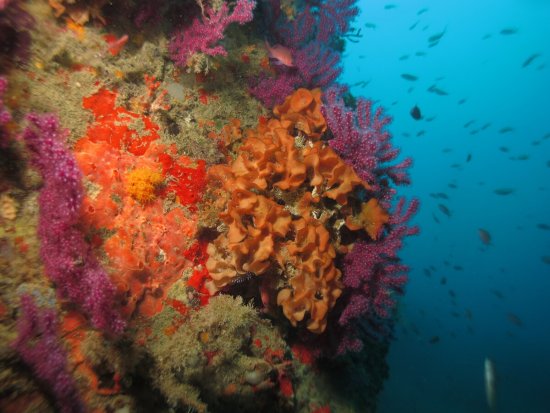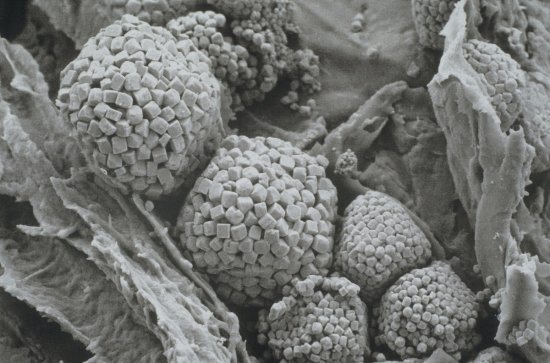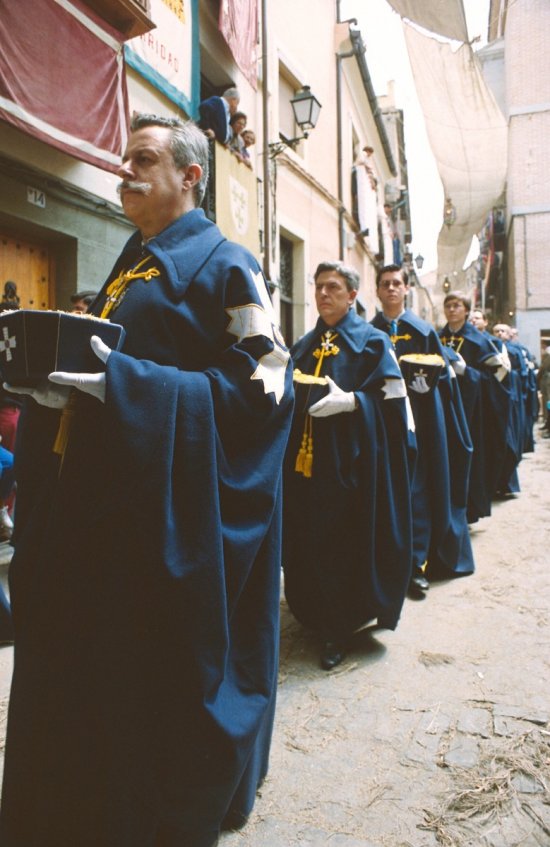© CNRS Images - 2014
Reference
4227
Houses with images
Throughout the north-western Mediterranean coastland, at the end of the Middle Ages, princes, prelates, nobility and great merchants ordered large decorations for their residences, the painted ceilings of which were a key element. Particular attention was paid to the trims, planks slid between the joists to hide the unaesthetic empty space between them. Monique Bourin and Pierre-Olivier Dittmar, historians as well as heritage curators, archaeologists and restorers, show us the meaning and social function of these images in medieval homes. For the sponsor, these images were a staging of oneself in one's daily living environment, for oneself, and also for all those who entered these decorated rooms, as if these were ancestors of today's Facebook walls.
The coat of arms of the powers that be (kings and popes), but above all those of the master of the house (and his wife), and his network of alliances, are represented in a good place. The paintings include faces and a few inscriptions. A whole world of animals is depicted, some real and some fantastic, like hybrids with the body of an animal and a human head. With those figures, scenes from daily life, sometimes earthy, mirror the functions of the body or are a rendition of some transgressive behaviours. However, these painted ceilings are still far from revealing all their secrets. Through various sites, such as the Archbishop's Palace of Narbonne, the Archbishops' Castle in Capestang and several houses in the beautiful village of Lagrasse, we discover the questions that researchers ask themselves and some of the assistive scientific technology they use. In addition to heraldry, dendrochronology also makes it possible to date pieces of wood from painted ceilings accurately. The pigments and their value are thus identified by taking samples. For a long time, and despite the talent of many painters who practiced it, this type of art was little studied because it was considered minor in comparison to great painting. In the years 1990-2000, it was revived when anthropology began to take an interest in so-called popular images. However, this renewed interest is not without risks for this coveted heritage.
Duration
Production year
Définition
Color
Sound
Version(s)
Original material
The use of media visible on the CNRS Images Platform can be granted on request. Any reproduction or representation is forbidden without prior authorization from CNRS Images (except for resources under Creative Commons license).
No modification of an image may be made without the prior consent of CNRS Images.
No use of an image for advertising purposes or distribution to a third party may be made without the prior agreement of CNRS Images.
For more information, please consult our general conditions

